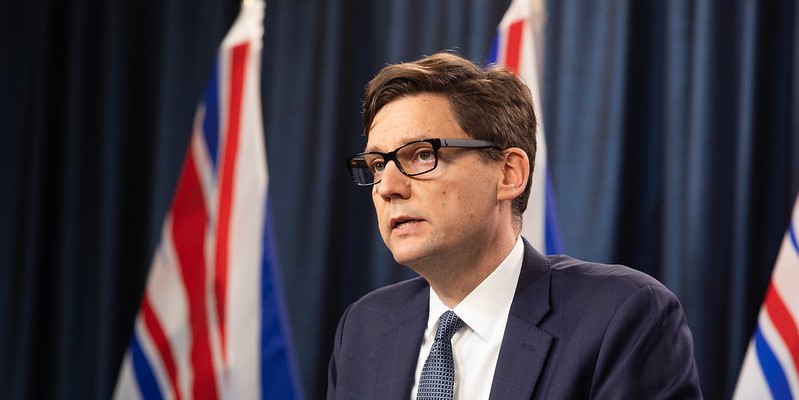B.C.’s pending debt boom—elections matter

For many years, from 2000 and 2016, the British Columbia government prioritized spending restraint and debt reduction. But after the 2017 election, the government reversed course. Since then, B.C.’s NDP government has increased spending quickly and is now on track to accumulate substantial new debt in the years ahead.
Students of Canadian fiscal policy history know that changes in government don’t always produce major changes in fiscal policy. For example, when Doug Ford’s Progressive Conservative government replaced the Liberal Wynne government in Ontario, the province remained on a similar spending trajectory. In fact, since Ford took office, spending has generally gone up.
Other times, however, changes in government lead to major changes in policy. Which brings us back to B.C. where after a long run of spending restraint and debt avoidance, the 2017 election represented a major policy pivot.
Let’s start by looking at spending. As noted in a new study published by the Fraser Institute, during the 2000-2016 era, spending increased by just 0.5 per cent annually (after adjusting for population growth and inflation). In 2017, the restraint era came to an abrupt halt. Since then, spending has increased at an annual rate of 4.7 per cent.
Of course, this sudden change in spending policy has had important implications for the province’s current and projected fiscal situation. Over the course of the restraint era, despite a significant recession in 2008/09, B.C.’s government debt shrank (relative to the size of its economy) from 18.4 per cent to 14.4 per cent. In 2017, that shrinking basically stopped.
Now, according to the Eby government’s budget forecasts, by 2024/25 the province’s net debt will be 19.4 per cent as large as the economy. If these projections bear out, all the progress with respect to debt reduction made in the restraint period will have been lost.
This run-up in debt was largely avoidable. If the government had maintained the restraint-era approach to spending, the debt burden would have continued to shrink, instead of growing as it's now forecasted to do. Specifically, the Eby government forecasts that net debt will reach $97.2 billion in 2024/25 (compared to just $21.3 billion, if the government had stuck with the restraint-era approach).
To put these large numbers into context, the change in spending policy means the government now forecasts $15,000 more debt for every B.C. resident by 2024/25 than would have been the case if the restraint era continued. (These figures are adjusted to account for emergency COVID-related debt to ensure a fair apples-to-apples comparison.)
There’s an old adage in politics and policy that “elections matter.” But sometimes they matter more than others. Sometimes changes in government are characterized by policy continuity while other times we see significant policy change. The election of the NDP government in B.C. in 2017 is clearly an example of the latter. Since 2017, the B.C. government has jettisoned the spending restraint of its predecessors and embraced a much more free-spending approach that is projected to produce substantial debt accumulation in the years ahead.

